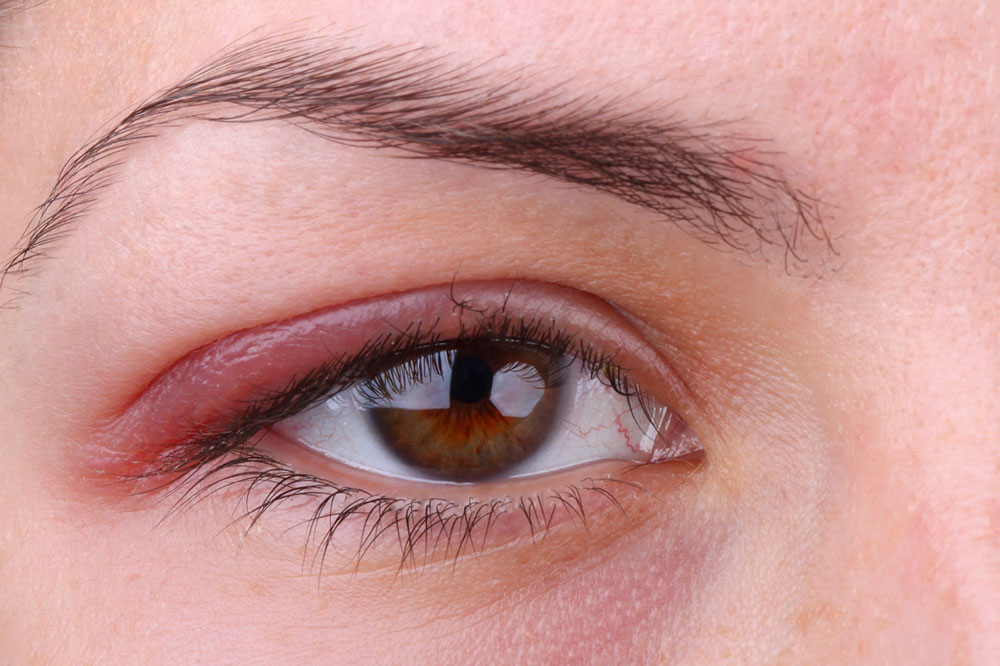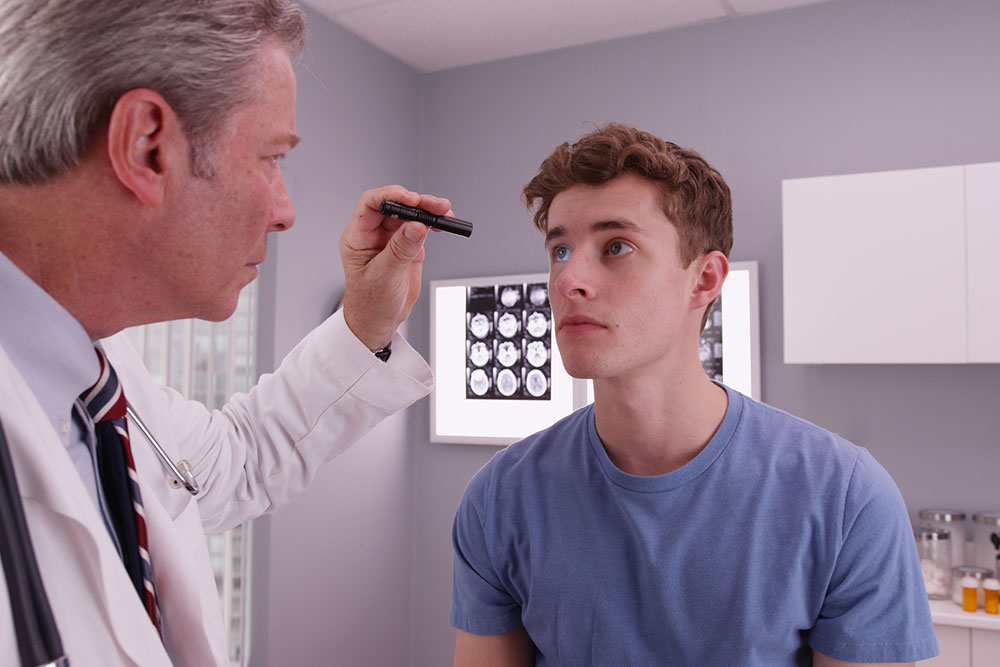Comprehensive Guide to Major Eye Conditions: Causes, Symptoms, and Prevention Strategies
This comprehensive guide covers major eye conditions such as glaucoma, cataracts, and diabetic retinopathy. Learn about their causes, symptoms, risk factors, and preventive measures to safeguard your vision. Early detection and treatment are key to maintaining healthy eyesight and avoiding blindness. Stay informed with this detailed overview on preserving eye health through routine screenings and awareness.

Comprehensive Guide to Major Eye Conditions: Causes, Symptoms, and Prevention Strategies
Maintaining good eye health is crucial for preserving vision and overall quality of life. However, various eye conditions can compromise eyesight, potentially leading to partial or complete vision loss if not identified and treated early. These conditions, including glaucoma, cataracts, and diabetic retinopathy, are among the leading causes of visual impairment worldwide. Recognizing the causes, symptoms, and risk factors associated with these major eye diseases is essential for timely intervention, effective management, and prevention. In this comprehensive guide, we delve into each condition’s details, highlight warning signs, and discuss strategies to safeguard your vision.
Understanding Glaucoma: The Silent Vision Threat
Glaucoma is a complex group of eye conditions characterized primarily by increased intraocular pressure (IOP), which gradually damages the optic nerve responsible for transmitting visual information from the eye to the brain. It is often dubbed the 'silent thief of sight' because it can progress unnoticed until significant vision loss occurs. Globally, glaucoma stands as the second leading cause of irreversible blindness, emphasizing its importance in eye health management.
Glaucoma develops when the balance of aqueous humor, a transparent fluid that nourishes the eye and maintains its shape, is disturbed. Normally, aqueous humor flows freely through the eye, maintaining a stable pressure. When this fluid drainage is blocked or overproduced, pressure builds up within the eye. Elevated intraocular pressure can damage the optic nerve fibers, leading to vision field loss. The damage is often irreversible once it has occurred, which makes early detection vital.
Symptoms associated with glaucoma tend to develop slowly and might include subtle signs such as loss of peripheral vision, seeing halos around lights, eye discomfort, redness, nausea, and headaches. Because these symptoms can be mistaken for other issues or may not appear until significant damage has occurred, routine eye examinations are crucial, especially for high-risk groups.
Risk factors for glaucoma are varied and include ethnicity—individuals of African descent are at a higher risk—family history, advanced age (particularly after 40-60 years), pre-existing myopia, and systemic conditions like diabetes. Regular screenings allow for early diagnosis and timely treatment, which can slow or halt the progression of the disease.
Cataracts: Clouding of Vision
Cataracts refer to the clouding or opacification of the eye’s natural lens, which lies behind the iris and pupil. Over time, the cloudiness enlarges, hampering light from passing clearly through the lens to the retina, resulting in blurry vision and diminished visual clarity. Cataracts are the leading cause of blindness globally, but they are also one of the most treatable eye conditions with surgery.
Recognizing Cataract Symptoms
Blurry or clouded vision
Dulled or faded colors
Sensitivity to glare, especially at night
Difficulty seeing in low light conditions
Frequent changes in eyeglass prescription
Factors Increasing Cataract Risk
Older age is the primary risk factor, with prevalence rising significantly after age 60
Genetic predisposition or family history
Excessive exposure to ultraviolet sunlight
Prolonged use of corticosteroids or other certain medications
Diabetes mellitus increases vulnerability
History of eye injury or inflammation
Diabetic Retinopathy: A Diabetes Complication
As one of the most serious complications of diabetes, diabetic retinopathy involves damage to the small blood vessels in the retina, the light-sensitive tissue at the back of the eye that plays a critical role in visual processing. Elevated blood sugar levels weaken these blood vessels, leading to leakage, hemorrhages, and abnormal vessel growth. If left untreated, diabetic retinopathy can cause irreversible vision loss.
Symptoms and Detection
In early stages, it may produce no symptoms, making regular eye exams essential for diabetics
Possible symptoms include blurred or fluctuating vision, floaters, dark spots, and difficulty perceiving details
Progression can lead to retinal detachment or macular edema, both of which significantly impair vision
Contributing Risk Factors
Poorly controlled blood sugar levels
High blood pressure and high cholesterol
Pregnancy can temporarily increase the risk
Ethnicity, particularly among African-American, Hispanic, and Native American populations, shows higher susceptibility
Ongoing research suggests that early detection and management through blood sugar regulation, laser treatments, and surgical options can prevent severe vision loss
In conclusion, understanding these common and severe eye conditions—glaucoma, cataracts, and diabetic retinopathy—is paramount to maintaining healthy vision. Regular eye exams, awareness of symptoms, and prompt medical attention significantly enhance the chances of preserving eyesight. Advances in medical technology, early diagnostic techniques, and effective treatments continue to improve outcomes, making early prevention and intervention more accessible than ever. Protect your vision by staying informed and proactive about eye health, especially if you belong to higher-risk groups.





